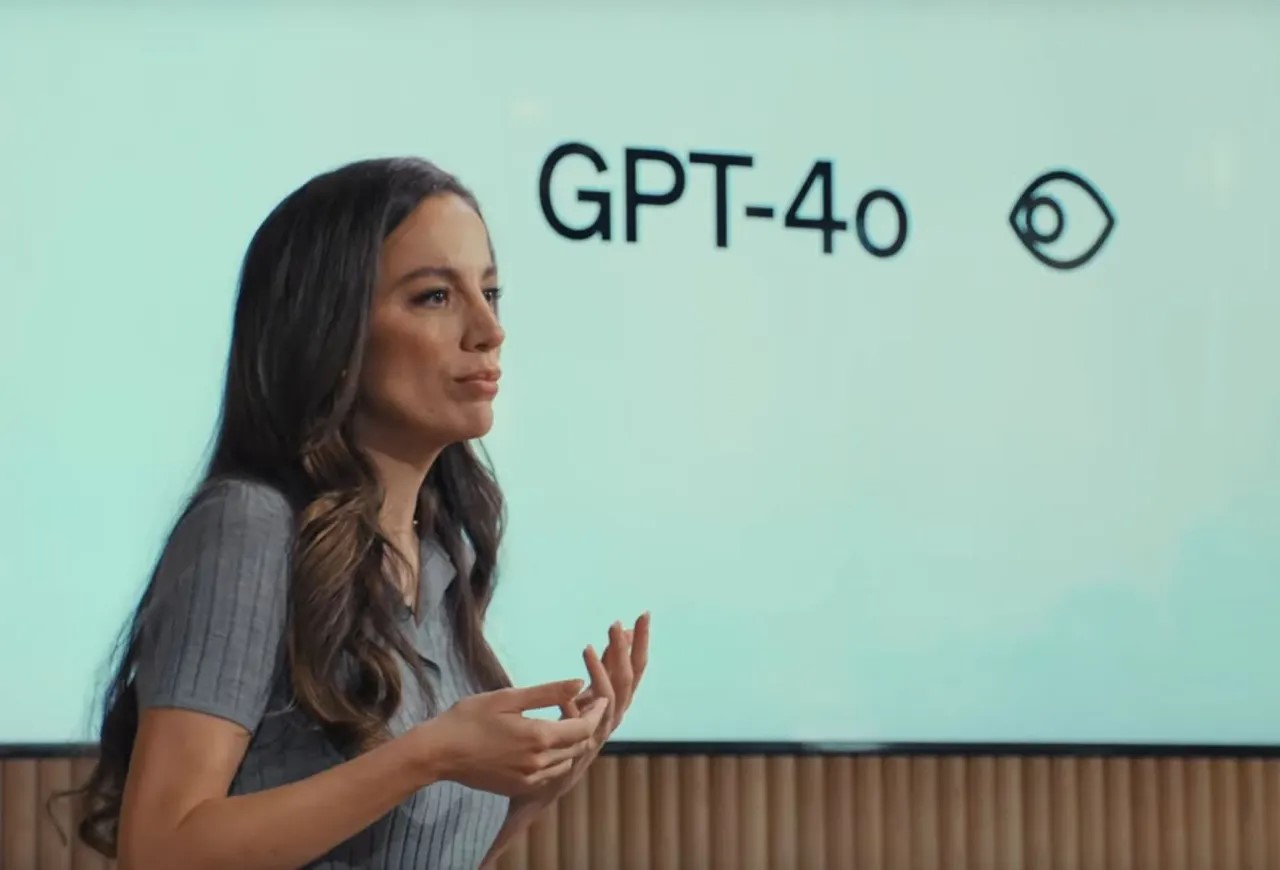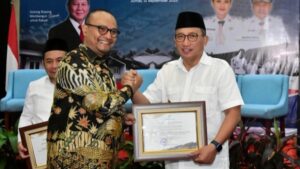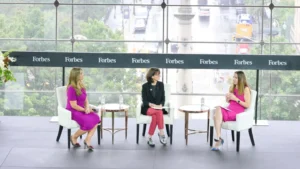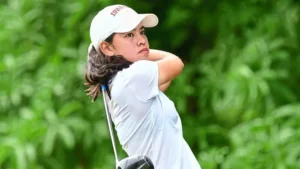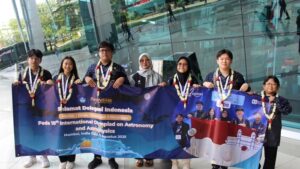New York — Mira Murati, the Chief Technology Officer (CTO) of OpenAI and one of the architects behind its most iconic products, has announced her departure after six and a half years at the company. Murati took to X, formerly known as Twitter, to share the news with the public and the OpenAI team, writing, “My six-and-a-half years with the OpenAI team have been an extraordinary privilege. There’s never an ideal time to step away from a place one cherishes, yet this moment feels right.”
Murati’s announcement comes at a critical juncture for OpenAI, as the company is both expanding its influence and facing unprecedented challenges in the artificial intelligence space. OpenAI, once a small non-profit research lab, has grown into a major force in the tech world, competing with giants such as Google, Microsoft, and Anthropic. With this growth has come a shift in the company’s structure and ambitions, moving from a purely non-profit model to the creation of a for-profit arm that can attract the substantial investments needed to further its ambitious research and development goals.
OpenAI’s ongoing success has been fueled by the growing demand for artificial intelligence technologies, such as its groundbreaking ChatGPT and Dall-E platforms. These innovations have transformed the way people interact with AI, enabling more natural, human-like conversations and offering creative tools for everything from image generation to coding. However, with rapid growth also comes pressure to maintain ethical standards, and OpenAI’s shift toward a profit-driven model has raised concerns about how the company will balance its commercial ambitions with its mission to ensure the safety and fairness of AI.
Murati’s departure follows a wave of significant leadership changes at OpenAI. Earlier this year, the company’s chief scientist and co-founder Ilya Sutskever left to start a new venture focused on AI safety. Another co-founder, John Schulman, joined the exodus in August, moving to the AI startup Anthropic. Meanwhile, OpenAI’s president Greg Brockman has been on extended leave, leaving a vacuum in the company’s leadership.
During her tenure at OpenAI, Murati played a pivotal role in the development and success of the company’s flagship products. She joined OpenAI in 2018, following a successful stint at Tesla where she worked on advanced manufacturing systems, and at augmented reality startup Ultraleap (formerly Leap Motion). Her leadership at OpenAI saw the company grow from a relatively obscure research lab to a household name in artificial intelligence, particularly following the public release of ChatGPT in 2022.
The release of ChatGPT catapulted OpenAI into the spotlight, sparking a race among tech companies to develop AI-powered products and services. Murati’s leadership was instrumental in bringing this vision to life, and her technical expertise guided the development of increasingly sophisticated models that pushed the boundaries of what AI could achieve.
In November of last year, Murati temporarily took on the role of interim CEO during a tumultuous period when OpenAI’s board ousted CEO Sam Altman. During this leadership crisis, Murati stood by Altman, along with hundreds of other employees, demanding his reinstatement. The incident highlighted Murati’s deep commitment to the company and her ability to lead under pressure.
In her final months at OpenAI, Murati oversaw some of the company’s most significant technological advancements. The release of GPT-4o in May, for instance, introduced human-like spoken conversations to ChatGPT, allowing users to engage with the AI in a more natural and intuitive way. She also led the development of OpenAI o1, a new AI model designed to tackle complex problems in science and mathematics, which has been hailed as a breakthrough in AI reasoning capabilities.
Reflecting on these accomplishments in her farewell note, Murati wrote, “Our recent releases of speech-to-speech and OpenAI o1 mark the beginning of a new era of interaction and intelligence. We didn’t merely build smarter models; we fundamentally changed how AI systems learn and reason through complex problems.”
Despite stepping away from her role, Murati indicated that she intends to remain engaged in the AI field, though she did not provide specifics on her next steps. She emphasized the importance of taking time for her own exploration but expressed a willingness to support OpenAI during its leadership transition. The company has not yet announced who will succeed her as CTO or provided further details on the timeline for her departure.
In a statement responding to Murati’s departure, OpenAI CEO Sam Altman expressed deep gratitude for her contributions: “It’s hard to overstate how much Mira has meant to OpenAI, our mission, and to us all personally. I feel tremendous gratitude towards her for what she has helped us build and accomplish, but I most of all feel personal gratitude towards her for the support and love during all the hard times.”
Altman also suggested that further announcements about OpenAI’s leadership transition would be forthcoming, though he did not offer specific details.
Murati’s departure comes as OpenAI is reportedly preparing for a new fundraising round that could value the company as high as $150 billion, a reflection of the enormous demand for AI technologies. However, as OpenAI scales its operations and continues to push the boundaries of artificial intelligence, it will also need to address growing concerns about the ethical implications of its work. Murati’s legacy at OpenAI will undoubtedly be defined by the groundbreaking technologies she helped create, but her departure raises important questions about how the company will navigate the challenges ahead. As OpenAI moves into its next chapter, the absence of key figures like Murati and Sutskever will be felt deeply within the organization. However, the foundation they have built ensures that OpenAI remains well-positioned to continue leading the development of safe and beneficial artificial intelligence.

